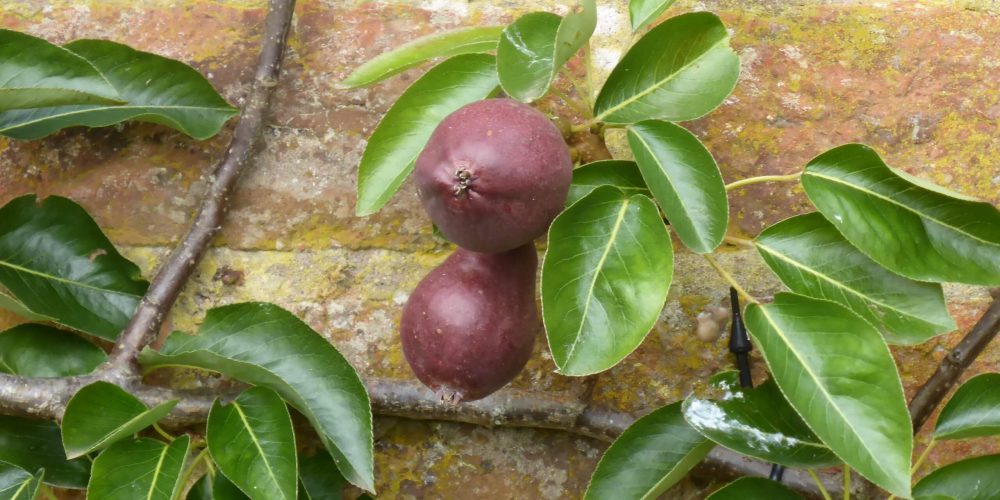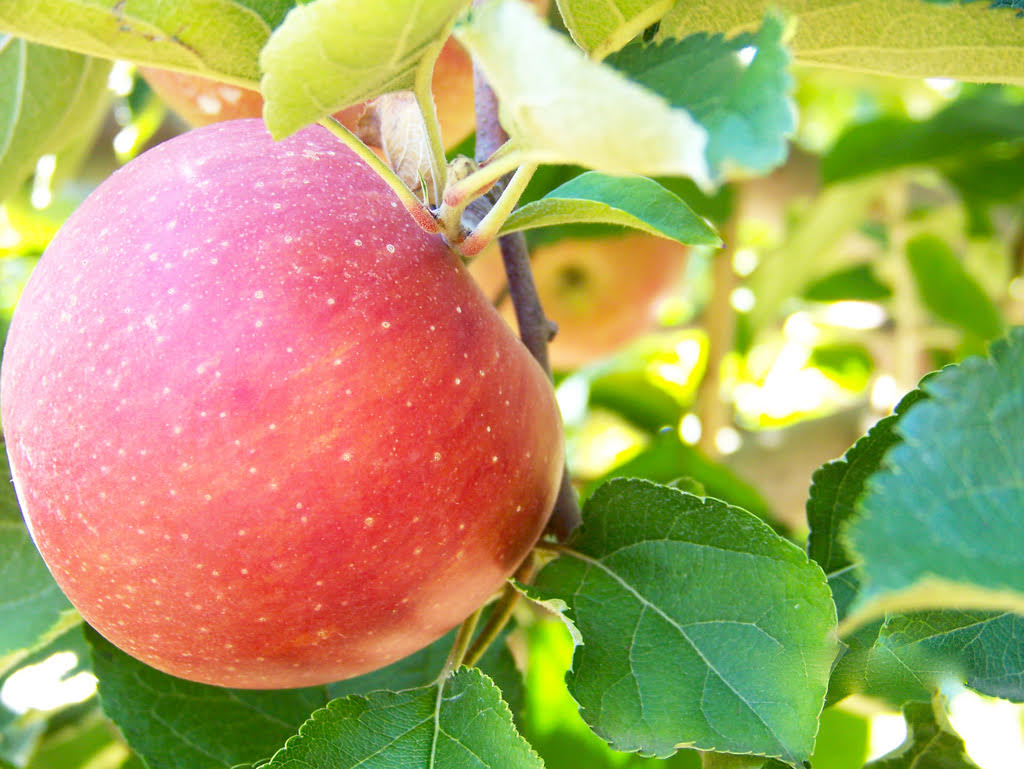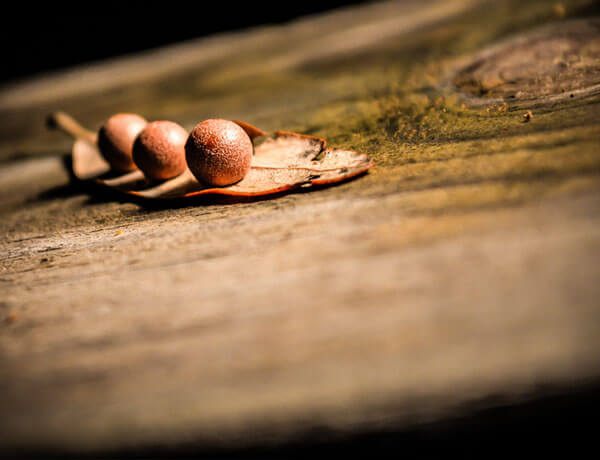-

Restoring Neglected Apple Trees
There are two things which most gardens have – a pile of old bricks stacked in a neglected corner and an overgrown apple tree. Most apple trees will last for around 50 years and during that time they will have probably seen many householders come and go and outlived most of the other plants in the garden. However, they can quickly become overgrown and unproductive before the end of their useful life and the time to sort them out is winter. Initially you need to concentrate on restoring health rather than restoring a crop and you need to take quite drastic action. If necessary do the work over several years and don’t remove more than a quarter of the crown each year or the tree will become stressed.

Step 1
The aim is to re-establish a framework of about 5 to 7 main branches. Cut out all strong upright branches and any which cross into the middle of the tree.
Stand back and take a look at the tree and envisage what the final shape of the tree will be. When cutting large branches remove most of the weight first leaving a stump of about 30cm. You can then easily cut off the stump without danger of snagging and tearing the bark.Step 2
Cut out all other growth from the middle of the tree. Crossing branches will rub and allow diseases to enter the wounds. Any badly diseased wood should be cut out to below the infected area and burnt.Step 3
Work along each branch with a pruning saw and secateurs shortening side branches to around 45-60cm long and totally removing at least 50% of them. This will allow light and air to circulate within the crown.Step 4
The main branches should also be shortened at the ends by around a third. (depending on the size of the tree) Cut back to a well placed side branch which doesn’t grow towards the centre of the tree and isn’t too upright.Step 5
The following year lots of sappy ‘water shoots’ will appear from the large cuts. Check the tree fortnightly in summer, select one branch from each cluster to develop into a new sideshoot and rub the rest of the shoots off by hand as they sprout. In subsequent years return to normal regular pruning.Tools you’ll need:
A sharp bow saw for cutting large branches
A pruning saw for cutting branches up to 5cm thick and useful for getting into tight spaces
Secateurs for the thinning of fruiting spurs and whispy growth
A ladder for obvious reasonsArticle supplied by multi-award winning landscape gardener Andy Sturgeon. See more of Andy’s work and list of awards at www.andysturgeon.com.










